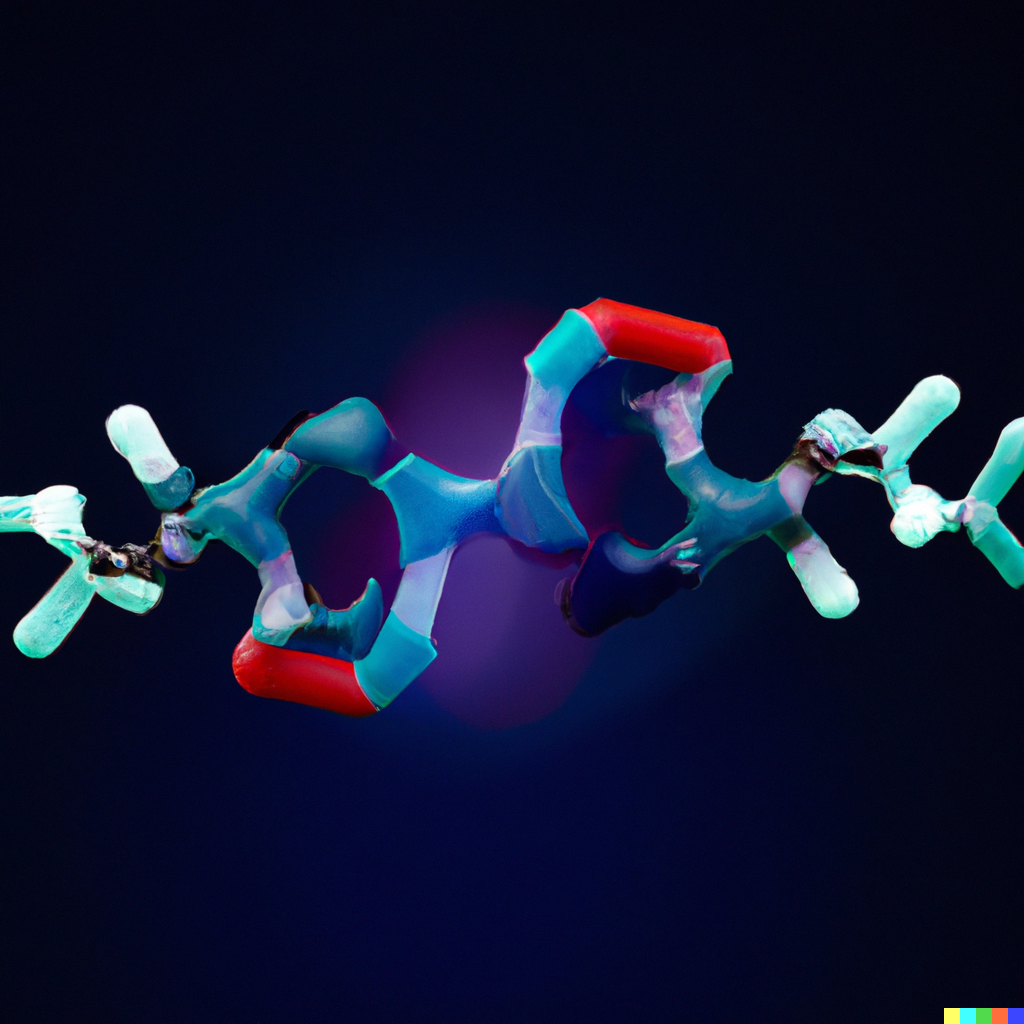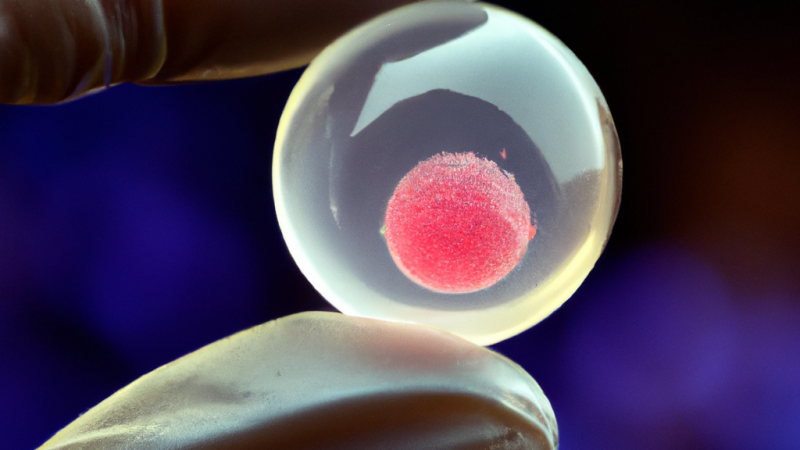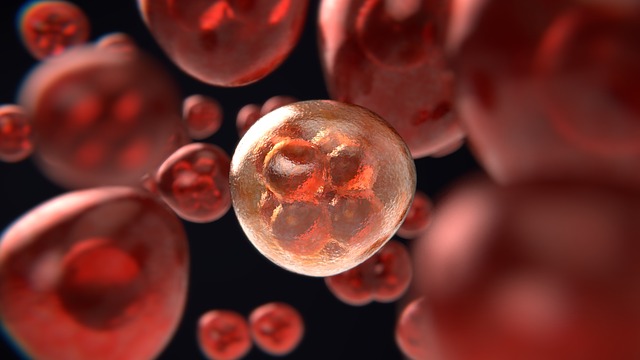Protein Engineering: Advancements and Commercial Applications

Abstract: Protein engineering, the deliberate modification and optimization of proteins at the molecular level, has revolutionized the biotechnology industry and expanded its commercial applications. This highly technical and scholarly article aims to explore the cutting-edge techniques and tools utilized in protein engineering and their significant role in various industrial sectors. We delve into the diverse applications of engineered proteins, including therapeutics, industrial biocatalysis, diagnostics, and agricultural innovations. Additionally, we discuss the current challenges and future prospects that pave the way for continued advancements in this field.
- Introduction Proteins, as fundamental components of all living organisms, have been extensively studied due to their diverse and crucial roles in biological processes. The manipulation of these proteins through protein engineering has emerged as a powerful approach to tailor their properties, opening doors to a multitude of commercial applications. This article explores the remarkable potential of engineered proteins across various industries.
- Protein Engineering Techniques 2.1. Rational Protein Design 2.2. Directed Evolution 2.3. Combinatorial Protein Libraries 2.4. De Novo Protein Design 2.5. Computational Approaches in Protein Engineering
- Therapeutic Applications 3.1. Engineered Protein Drugs 3.1.1. Monoclonal Antibodies (mAbs) 3.1.2. Fusion Proteins 3.1.3. Enzyme Replacement Therapies 3.2. Peptide-Based Therapeutics 3.3. Gene Therapies Incorporating Engineered Proteins
- Industrial Biocatalysis 4.1. Enzyme Engineering for Industrial Processes 4.1.1. Biofuel Production 4.1.2. Biodegradable Polymers 4.1.3. Pharmaceutical Synthesis 4.2. Directed Evolution for Enhanced Biocatalysts 4.3. Immobilized Enzymes in Industrial Applications
- Diagnostics and Biosensors 5.1. Engineered Proteins in Diagnostic Assays 5.2. Biosensors for Point-of-Care Testing 5.3. CRISPR-Based Diagnostic Tools
- Agricultural Innovations 6.1. Engineered Proteins in Crop Improvement 6.2. Biofortification and Enhanced Nutritional Content 6.3. Pest and Disease Resistance
- Challenges and Future Prospects 7.1. Structural and Functional Complexity 7.2. Safety and Immunogenicity Concerns 7.3. Scalability and Cost-Efficiency 7.4. Expanding Beyond Natural Amino Acids 7.5. Novel Protein Engineering Techniques
- Regulatory Considerations 8.1. FDA Approval Process for Engineered Protein Therapeutics 8.2. GMO Regulations for Agricultural Applications 8.3. Labeling and Safety Assessments
- Intellectual Property and Market Landscape 9.1. Patenting Engineered Proteins 9.2. Market Trends and Key Players 9.3. Collaborations and Mergers in the Protein Engineering Industry
- Conclusion Protein engineering has shown remarkable success in diverse commercial applications, spanning therapeutics, industrial biocatalysis, diagnostics, and agriculture. Continued advancements in protein engineering techniques, coupled with an improved understanding of protein structure-function relationships, will undoubtedly drive the development of novel applications in the future. Although challenges persist, the potential benefits of engineered proteins in enhancing human life and industrial processes are truly transformative, promising a bright future for this dynamic field.
Sources:
- Arnold, F. H. (2018). Directed Evolution: Bringing New Chemistry to Life. Angewandte Chemie International Edition, 57(16), 4143-4148.
- Walsh, G. (2018). Biopharmaceuticals: Biochemistry and Biotechnology (3rd ed.). John Wiley & Sons.
- Wirth, S. J., & Gribble, F. M. (Eds.). (2017). Engineered Peptides and Proteins: Methods and Protocols (Vol. 1596). Springer.
- Currin, A., Swainston, N., Day, P. J., & Kell, D. B. (2015). Synthetic biology for the directed evolution of protein biocatalysts: navigating sequence space intelligently. Chemical Society Reviews, 44(5), 1172-1239.
- Leemhuis, H., Kelly, R. M., & Dijkhuizen, L. (2009). Engineering of cyclodextrin glucanotransferases and the impact for biotechnological applications. Applied Microbiology and Biotechnology, 85(4), 823-835.
- Voigt, C. A. (2010). Genetic parts to program bacteria. Current Opinion in Biotechnology, 21(5), 498-507.
- Wang, Q., Parrish, A. R., & Wang, L. (2009). Expanding the genetic code for biological studies. Chemistry & Biology, 16(3), 323-336.
- Zhang, C., & Liu, J. (2018). Photosynthetic biosynthesis of flavonoids in engineered microorganisms. Green Chemistry, 20(10), 2274-2295.
- Schmidt-Dannert, C., & Arnold, F. H. (1999). Directed evolution of industrial enzymes. Trends in Biotechnology, 17(4), 135-136.
- Sørensen, H. P., & Mortensen, K. K. (2005). Advanced genetic strategies for recombinant protein expression in Escherichia coli. Journal of Biotechnology, 115(2), 113-128.



